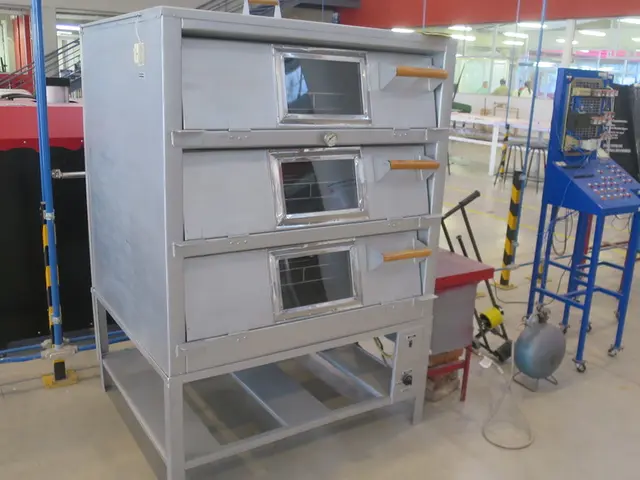Creating a Productive Home Work Area for English Learning
Creating an Effective Home Study Space for English Studies
For students studying English at home, having a dedicated and well-designed study space can significantly boost learning efficiency and enjoyment. In this article, we will explore the essential components of an effective home study space for English studies.
Firstly, it's crucial to establish a quiet and distraction-free location for your study space. Inform housemates or family members about your study schedule to minimize distractions. Allocating specific time slots for study helps establish a routine and reinforces the notion that the study space is solely for academic purposes.
The design of your study space should focus on ergonomic furniture, appropriate technology, smart organization, and stimulating environment elements. Choose a comfortable, adjustable chair and a desk with ample surface area and storage for books, notebooks, and writing tools. Ergonomics help maintain good posture and reduce fatigue during long study sessions.
Equip the space with a reliable computer or tablet, good-quality headphones for listening practice, and a lamp with adjustable brightness to reduce eye strain. Ensure fast internet for research and online learning platforms. Use digital organization tools like apps for vocabulary and writing practice.
Incorporate shelves or wall-mounted bookcases for easy access to dictionaries, grammar references, and literature. Use labeled bins or drawers to keep stationery and study materials tidy. A clutter-free desk supports focus and productivity.
Add motivational items such as posters with English quotes or grammar rules, a whiteboard or corkboard for notes and deadlines, and visual aids like word charts. Plants or natural light help maintain alertness and reduce stress.
A study space should cater to both solitary and group study sessions by having space for others to join and collaborative tools for virtual study sessions. By dedicating certain hours exclusively to writing and research, you can minimize the temptation to engage in non-educational activities during those times.
Creating a distinct boundary between study time and leisure is crucial for maintaining focus on educational tasks. Using noise-canceling headphones can help maintain focus on educational tasks if household noises are unavoidable.
Lastly, creating a space with motivational elements can be personalized to reflect individual taste and academic goals. For instance, Emily decorates her study area with posters of literary quotes and small indoor plants for inspiration.
In summary, creating a dedicated, ergonomic, technology-enabled, well-organized, and visually stimulating study environment enhances learning efficiency and enjoyment in English studies at home.
This study space, dedicated for English learning, should cater to both individual focus and potential collaboration. Incorporate elements from home-and-garden, such as plants, to maintain alertness and reduce stress, while also adding educational components like learning-focused posters and stationery organizers from education-and-self-development. Continuous learning is an integral part of this lifestyle, and having a well-designed study environment can foster a more enjoyable and productive learning experience.




